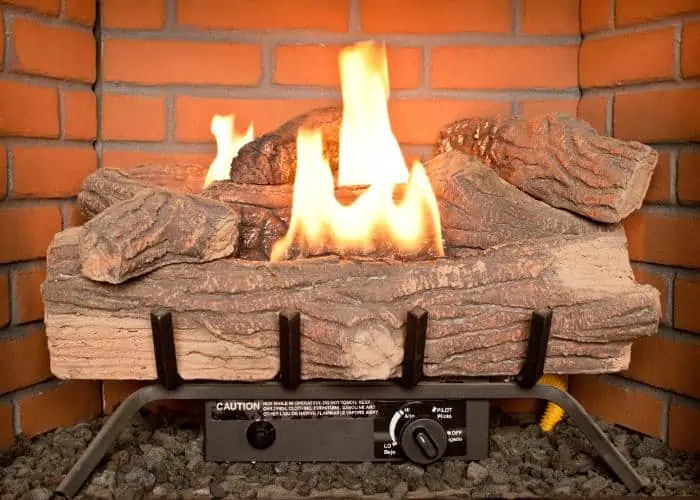How Does a Ventless Fireplace Work?
Whether you’re looking to add a cozy, romantic feel to your home or you just want a convenient way to heat up your space, a ventless fireplace could be an excellent option. But before you purchase and install a ventless unit, it’s important to understand how it works.
(Looking for “gas fireplace leak repair“? Contact us Today!)

A Ventless Gas Fireplace
In a ventless gas fireplace, there is no need for any kind of chimney or venting system. These units are more efficient than traditional vented ones, and they allow 99% of the heat to stay inside your home.
They also emit less smoke and fewer toxins, so they’re safer for you to use and can help improve your indoor air quality.
There are a few different types of ventless fireplaces, but all are designed to provide you with a warm, comfortable atmosphere in your home. They’re a great alternative to traditional wood-burning or gas-fueled fireplaces, and they can be an attractive addition to any room in your home.
Regardless of which type you choose, however, be sure to measure your space before making a purchase. It’s best to get a professional to do the installation since they can ensure the unit fits your space correctly and properly adheres to local and state codes.
The Installation and Maintenance of a Ventless Fireplace
Even though ventless units are relatively easy to install, they do require special care in order to prevent fires and other hazards. They should be installed by a licensed professional and should be regularly inspected for safety and cleanliness.
The log set and components of a ventless fireplace must be inserted and positioned precisely to avoid problems such as oxygen depletion, carbon monoxide emissions, soot, and other issues that can cause serious safety concerns. It’s also important to make sure all exposed areas are clean and void of dust or debris before lighting the fireplace.
Some models of these units come with built-in carbon monoxide detectors and oxygen-detection sensors that will shut off the fireplace if they sense too little oxygen or too much carbon monoxide in your home. This feature can be an added convenience and a safety measure, but it’s important to follow the manufacturer’s instructions for use, especially when children or pets are in the home.
Aside from the obvious dangers of CO exposure, it’s important to note that ventless fireplaces can cause high humidity levels in your home. This can lead to mold growth and other moisture-related building problems.
Fortunately, most manufacturers have included an oxygen-detection sensor (ODS) in their ventless units that will automatically shut down the fireplace if it senses low or no oxygen in your home. But it’s still a good idea to have a window cracked when the fireplace is in use.
The ODS in many ventless units is located at the bottom of the appliance near the floor, and it only detects cool, oxygen-rich air. It misses hot combustion gases as they rise toward the ceiling, and it will shut off the appliance if it detects dangerously low oxygen levels in your home.

